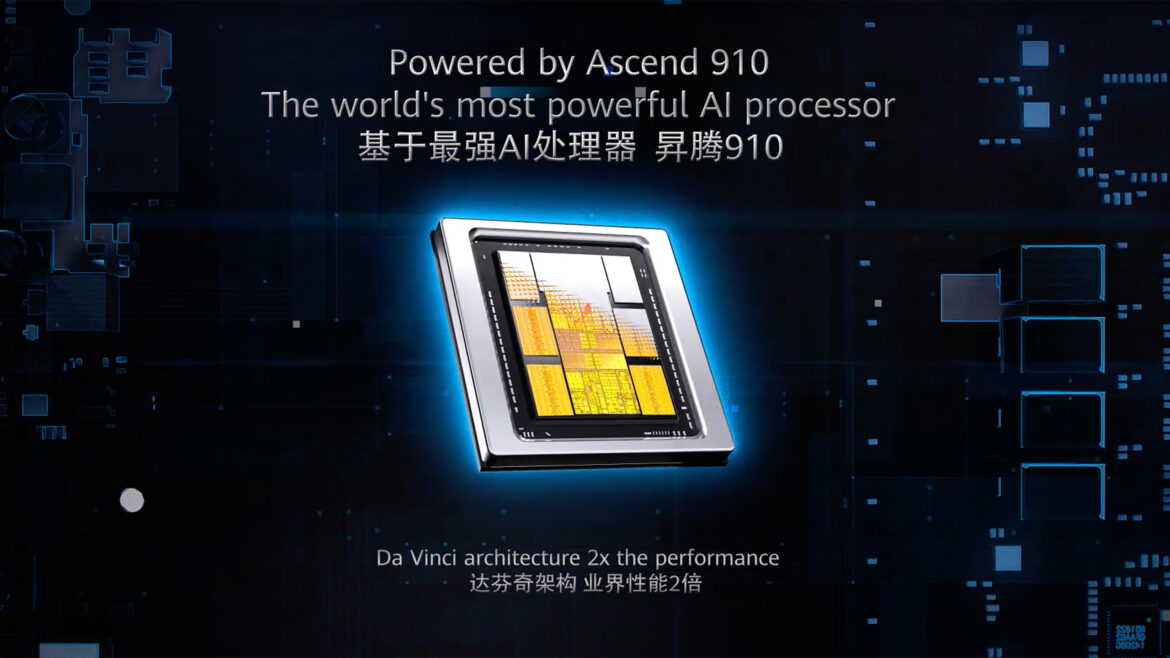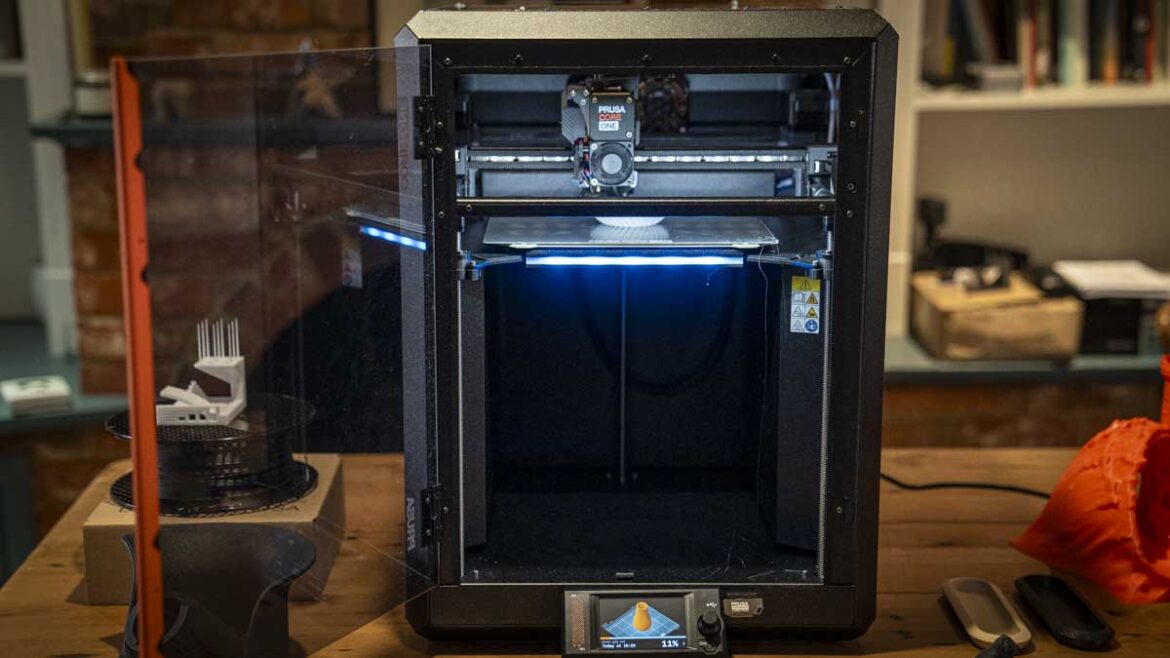I may be outing myself as a dullard, but I don’t think I have a mind that could combine a bunny girl doing odd delivery jobs for cash, a cute Japanese kei truck, and a sick vampire who barfs streams of rainbows into a single scene. Perhaps no single mind could, but that was the moment in Ananta, which has made headlines as “anime GTA” since its re-reveal this week, that really won me over.
Ananta is borrowing—or brazenly copying—a lot, but it might have some wild-ass ideas of its own, too.
The main impression I got from playing about half-an-hour of Ananta at this year’s Tokyo Game Show was: Wow it must have taken a lot of people to make this game! China is on the path to dominate the next decade of triple-A games, and there’s no flashier way to do it than to make (or at least appear to be making) the ur-game. Every mechanic from the top 10 or 20 or 50 most popular games in the world, combined, is surely better than any of those games individually, right?
Related articles
This maximalist approach to big budget game design has never really been great in practice, and a few minutes into Ananta reveal it is indeed doing things that you have done many times in a game before and probably are not foaming at the mouth to do again:
- Punching guys with timing-based combos and counters reminiscent of the Batman Arkham games or Sleeping Dogs
- Scripted quick-time events that feel right out of an Uncharted or other 2010s action game
- On-rails car chases that give you unlimited ammo to shoot out the tires of your pursuers
- Web-swinging around a giant city as Spide—er, the anime version of that guy from Prototype
Ananta | Gameplay Video – YouTube
Watch On
But then there’s the weird stuff—like hopping into the boots of Lykaia, a purple-haired getaway driver slash cop who has a totally different set of play mechanics to the intro protagonist, whose arms get all weird and stretchy to let him swing around.
In its free roam mode, Ananta let me pull up a phone interface to swap between characters, triggering a straight-outta-GTA-5 camera swoop up into the sky and back down into the part of the city where they’re currently hanging out. I only played as Lykaia for a couple minutes before my demo was up, but as a police officer she can scan NPCs against a database, frisk them for weapons, issue citations, and handcuff them, triggering reactions and dialogue you wouldn’t otherwise see.
Will this be fun? Will it produce any actually interesting systemic interactions or are these all paper thin mechanics that you’ll use three times and never see fit to use again? I have no idea, but it sure does seem like a hell of a lot of work if it’s the latter.
You know the saying about Chekhov’s coffin: it better have a vampire in it who’s violently ill and leans over the side of the truck bed to puke a stream of rainbow sick into the night air.
I spent most of the game as Taffy, a bunny girl whose eagerness to make money sees her blindly accepting an odd job from a rando who texts her to meet at a sketchy warehouse. Turns out the warehouse is full of gang members who try to bludgeon her to death with baseball bats. Good thing she has telekinetic powers! I punched out most of the guys before I realized I could psychically rip a bat out of someone’s hands and thonk it into his skull.
Then a delivery driver crashed his truck into the warehouse and told me I needed to get the cargo across town ASAP. Soon-to-be Gen Z icon Taffy cheerily says “Gotta get that bag” as she takes on the job.
It took me a few seconds into the drive to notice that the cargo in the back of the truck was, in fact, a coffin, and you know the saying about Chekhov’s coffin: it better have a vampire in it who’s violently ill and leans over the side of the truck bed to puke a stream of rainbow sick into the night air.
Related articles
(Image credit: NetEase)
Taffy is less surprised by this than I am. Not in a “she’s used to vampires who throw up rainbows” kind of way, as Ananta does not use this mission to reveal some sort of in-universe lore about a race of vampires suffering some sort of sci-fi gut-melting virus. The vibe I get from Ananta is that none of these characters are going to be very surprised or upset or unduly threatened by anything: they’re all seemingly different strains of jovial bouncy superhero.
Anyway, I’m pretty sure my driving wasn’t the problem: I delivered the vampire to some sort of cult who played him up as a fearsome warrior as a gag before he continued puking into a rusty barrel.
It was just one baffling sidequest out of a game that promises unfathomable scope. I can’t say Ananta’s driving or punching or swinging felt exemplary—but none of them really felt that bad, either! This may be a game that does dozens of things acceptably well. And it made me laugh.
Maybe Ananta’s developers didn’t start from the cynical position of copying the most high-profile games in the world. Maybe they were just brainstorming and someone said yes to every single idea they came up with, even vampires barfing ROYGBIV? It’s done, love it, it’s in the game. Next?





